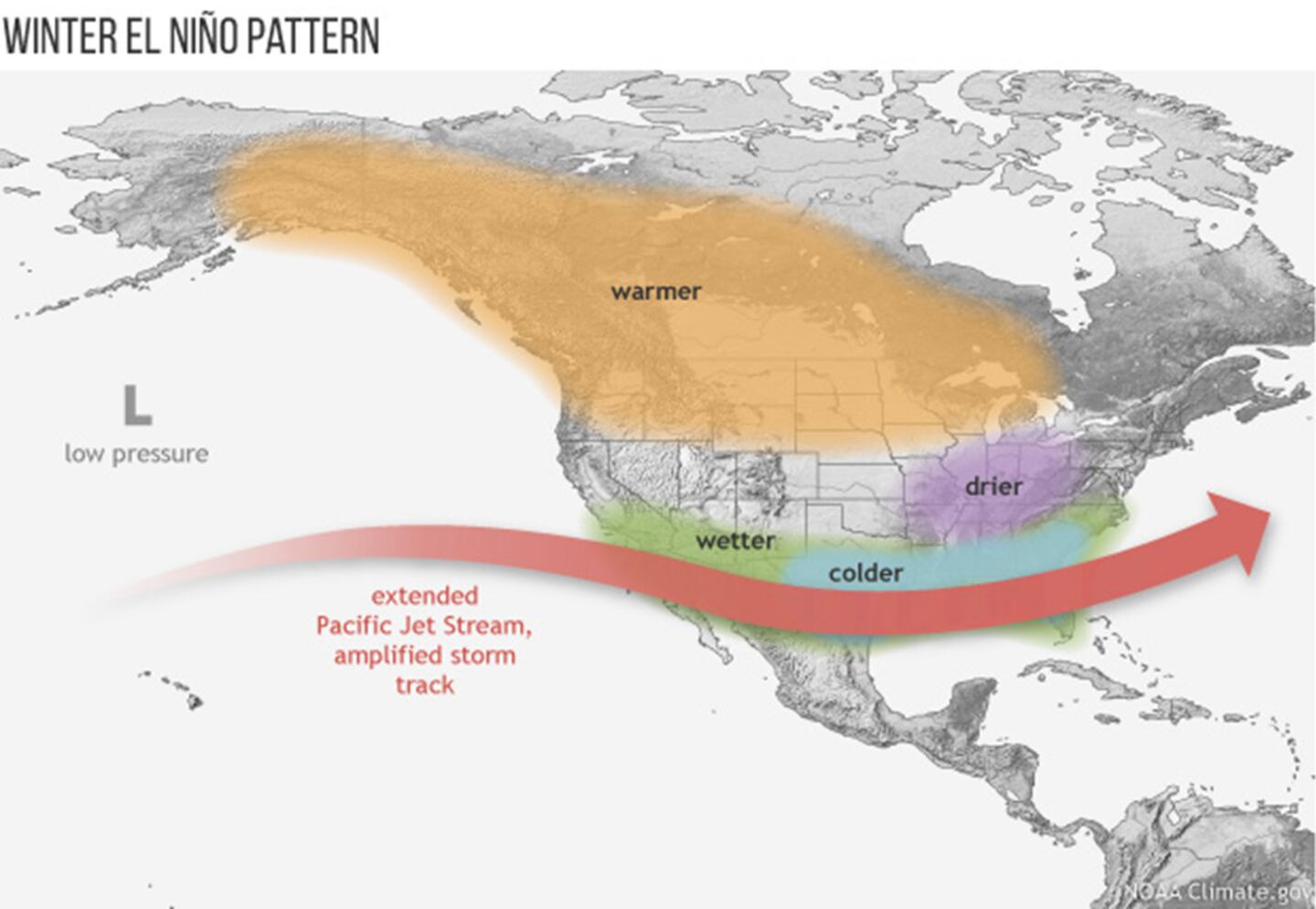Happy Winter Solstice, more commonly known as the First Day of Winter!
This year, the Winter Solstice takes place at 10:27 pm ET on Thursday, December 21.
The Winter Solstice occurs when the Northern Hemisphere is at its furthest tilt away from the sun during Earth’s orbit.
As a result, the sun’s rays hit the Earth’s surface at a greater angle in the Northern Hemisphere, resulting in shorter hours of daylight as well as less solar radiation. This is in contrast to the Equator, where the sun’s light hits the Earth’s surface nearly straight on overhead.
In North Georgia, the amount of daylight on the First Day of Winter is approximately 9 hours and 54 minutes, but on each day thereafter, daylight will increase until the Summer Solstice (as much as 14 hours and 23 minutes on the Longest Day).
First Day of Winter in Atlanta: What to Expect
The Winter Solstice lands on Thursday, December 21 this year, and the average daytime high in Atlanta on this date is 55 degrees; the average morning low is 38 degrees.
The warmest daytime high on December 21 occurred in 1998, when thermometers reached 73 degrees. The coldest morning low occurred on this date in 1901, when thermometers dropped to 6 degrees.
Over the next three months, El Niño will be a major factor regarding the weather here in North Georgia.
Overall, the Southeast U.S. -- including Metro Atlanta and North Georgia -- can expect a cooler and wetter winter compared to previous winter seasons. This is mainly due to the flip from La Niña last winter to El Niño this summer. NOAA’s Climate Prediction Center anticipates El Niño to continue through winter and into spring 2024, with some signals that indicate that this may be a “strong” El Niño, similar to the seasons of 1997-1998 and 2015-2016.
What is El Niño?
El Niño is the presence of abnormally warm ocean waters located along the equator in the Pacific Ocean. These abnormally warm sea surface temperatures span from the coast of South America to as far west as the International Date Line, or 180°W.
Warmer than average sea surface temperatures in turn warm the air above the ocean, impacting the weather along the equator and in turn, across the globe. This means that El Niño is a teleconnection -- a weather feature developing far away can still have connections to our weather here.
The illustration below shows the typical El Niño winter pattern over the United States. Most notably, a southern branch of the jet stream -- known as the subtropical jet -- pumps moisture from the Pacific Ocean over the US Southwest and into the Southeast. This subtropical jet is responsible for aiding the development of low pressure systems across the South, including coastal lows along the Gulf of Mexico.
As a result, El Niño tends to bring wetter conditions to the Southeast during the late winter and early spring months, including North Georgia and Metro Atlanta.
Due to the extra cloud cover, overall temperatures trend cooler than average during a Southern El Niño Winter.
But is it cold enough for... snow?
While there is a greater probability for precipitation during an El Niño winter, the difference between a rainy winter and a snowy winter cannot be summed up with El Niño. Other shorter term teleconnections need to be in play, including the following:
- Arctic Oscillation (AO) -- negative phase opens the door for cold air outbreaks in the Eastern half of the US
- North Atlantic Oscillation (NAO) -- negative phase means colder air for the Eastern U.S.
- Pacific North American Pattern (PNA) -- positive phase means colder air for the Eastern U.S.
The AO, NAO, and PNA teleconnections alternate from negative to positive phases on a weekly to bi-weekly time frame. If the negative phases of these patterns occur during winter, they can usher in a Cold Air Outbreak (CAO).
With El Niño bringing more precipitation to Southeast -- including Metro Atlanta -- there are more opportunities for these Cold Air Outbreaks to convert the liquid to wintry precipitation. However, it is not a guarantee, so while I can confidently say this winter will be wetter than average, the amount of snowfall this year is still highly variable!
When was the last time Atlanta had a “good snow”?
I see quite a few comments that Metro Atlanta is due for a “good snow”, which I will define as a seasonal snowfall total greater than 1.8 inches.
In that case, the Winter 2017-2018 was the last time Atlanta experienced heavier snowfall totals. That winter, a whopping 4.7 inches of snow fell during the season. However, that winter featured a La Niña, illustrating that trends are not guarantees for a seasonal outlook!
Are You Ready for Winter? Share Your Thoughts With Me!
Facebook: Christina Edwards WSB
Instagram: ChristinaWSBwx
Twitter: @ChristinaWSBwx
TikTok: @ChristinaEdwards955WSB
©2023 Cox Media Group











